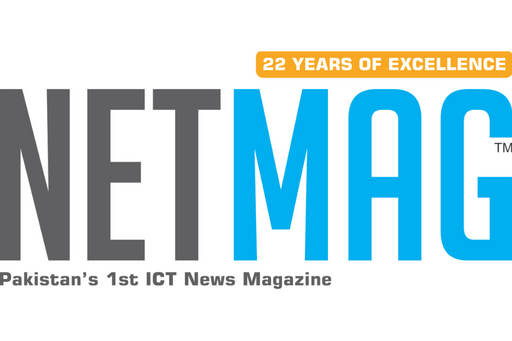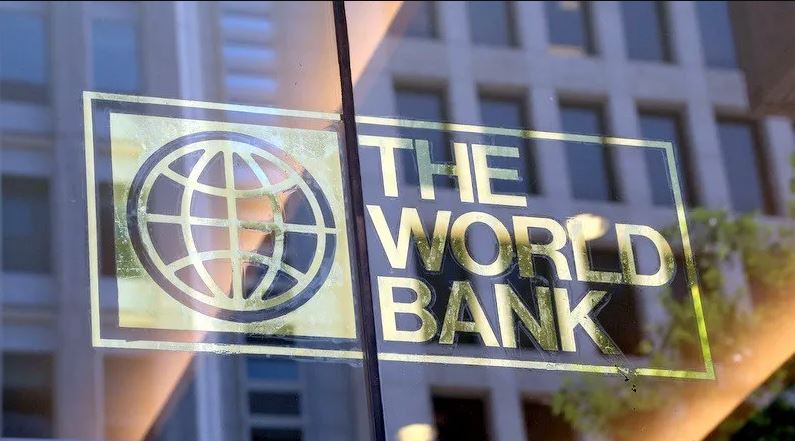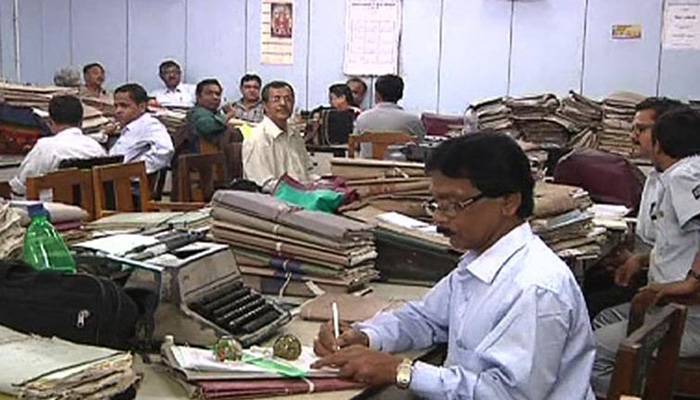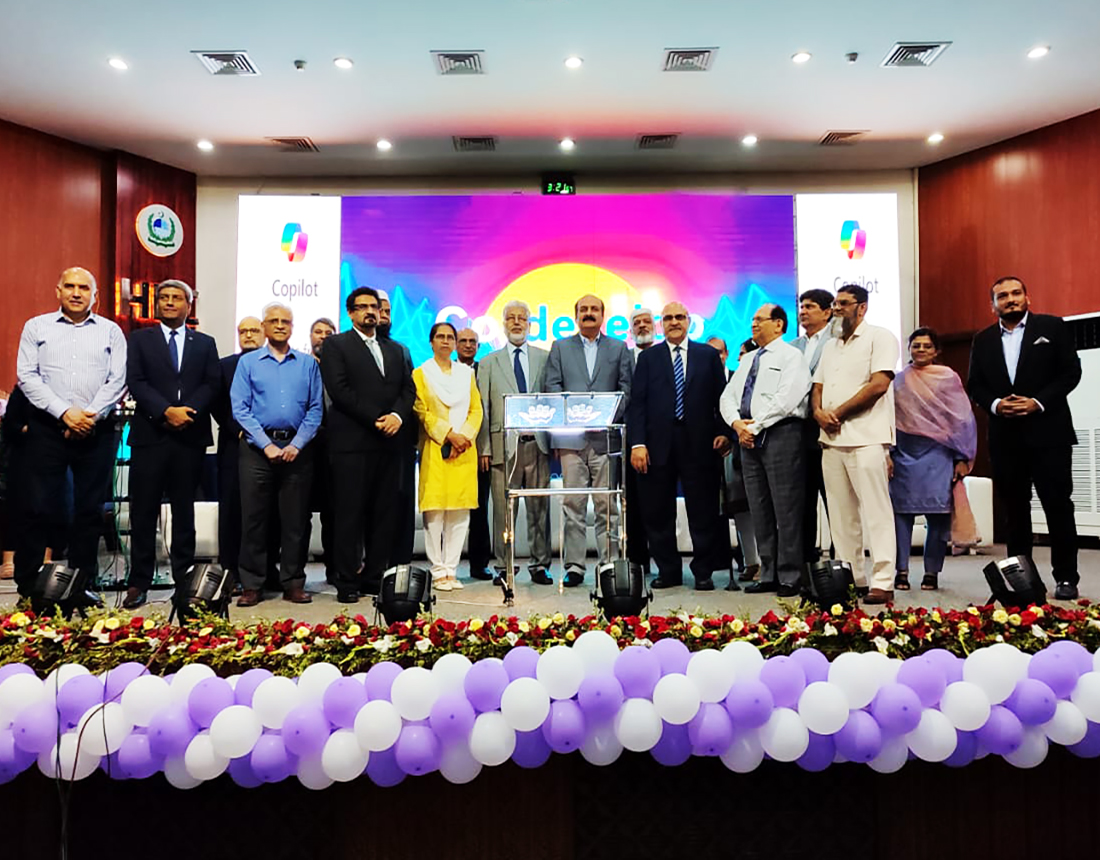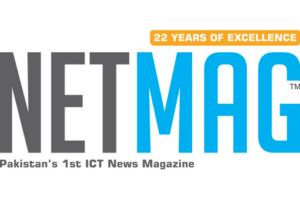The World Bank’s Board of Executive Directors has recently given the green light to a second round of additional funding amounting to $1 billion for the DASU Hydropower Stage I (DHP I) Project. This financial injection aims to bolster the expansion of hydropower electricity supply, enhance access to socio-economic services for local communities, and bolster the capacity of the Water and Power Development Authority (WAPDA) to prepare for future hydropower endeavors.
